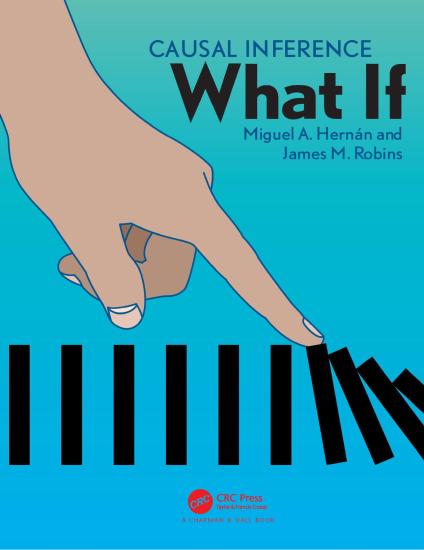
Rating: Not rated
Tags: Medical, Epidemiology, Lang:en
Publisher: CRC Press
Added: May 26, 2021
Modified: November 5, 2021
Summary
Causal inference is a complex scientific task that relies
on combining evidence from multiple sources, and on the
application of a variety of methodological approaches. Causal
Inference: What If is an introduction to causal inference
when data are collected on each individual in a population.
The book is divided into three parts of increasing
difficulty: causal inference without models, causal inference
with models, and causal inference from complex longitudinal
data. The book helps scientists to generate and analyze data
for causal inferences that are explicit about both the causal
question and the assumptions underlying the data analysis.
Features: Provides a cohesive presentation of concepts and
methods for causal inference that are currently scattered
across journals in several disciplines Emphasizes the need to
take the causal question seriously enough to articulate it
with sufficient precision Shows that causal inference from
observational data cannot be reduced to a collection of
recipes for data analysis, as subject-matter knowledge is
required to justify the necessary assumptions Describes
causal diagrams, both directed acyclic graphs and
single-world intervention graphs, to represent causal
inference problems Describes various data analysis approaches
to estimate the causal effect of interest, including the
g-formula, inverse probability weighting, g-estimation,
instrumental variable estimation, and propensity score
adjustment Includes 'Fine Points' and 'Technical Points'
throughout to elaborate on certain key topics, as well as
software and real data examples Causal Inference: What If has
been written to be accessible to all professionals that make
causal inferences, including epidemiologists, statisticians,
psychologists, economists, sociologists, political
scientists, computer scientists, and more. It can be used to
teach an introductory course on causal inference at graduate
and advanced undergraduate level.